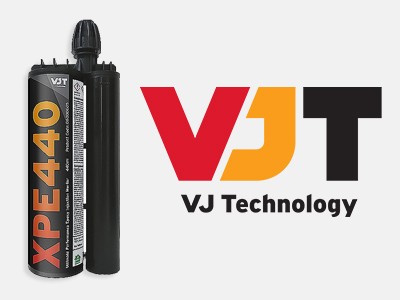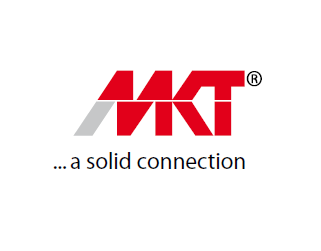3 Ways Automation Improves Construction Site Safety
16 May 2019
Written by Chris Woodard, Co-Founder of Handle
Construction is one of the most dangerous industries to work in, with work accidents occurring significantly more here than in any other. According to HSE, there were 58,000 work-related cases of injury in construction last year.

Because construction site accidents are common, project managers have a huge responsibility to maintain workplace safety. Fortunately, advancements in technology have made construction safety management easier and more effective. Here are some ways automation helps workplace safety in construction.
Using drones for site inspections
Managing large construction sites can be difficult just for the sheer scale of the sites. Site inspections can take days in these locations, not to mention the safety hazards that pose dangers to humans. But what if humans don’t have to be put in these types of situations?
Enter unmanned aerial vehicles, commonly known as drones. Evolving from military applications, drones now play a critical role in improving construction site safety. Drones equipped with infrared cameras and laser-based range finders are used to monitor large construction sites, look for safety hazards, and even monitor workers.
Drones eliminate the need to send a human team to conduct inspections in a usually risky location. They also provide a quicker way of conducting the inspection by feeding back footage to a surveyor who is safe on the ground. In addition, they can be used for real-time monitoring to check employee productivity and safety.
Conducting safety training with virtual reality
One of the best ways to eliminate fatalities and injuries in construction sites is through regular safety training. A lot of the common construction hazards can be avoided with proper training. For more effective training, putting employees in realistic scenarios that they can experience on the job is essential. This is made possible with the use of virtual reality technology.
Consider the traditional safety training practices construction contractors employ. Creating physical construction simulations has several limitations. It can only simulate a small fraction of the real hazards, sensations, and distractions on an actual construction site. A traditional lecture or video presentation is not that engaging, especially for the younger crowd.
Virtual reality technology removes these limitations and makes a better, safer, and more effective safety training environment. VR introduces a realistic sensation of height, stress, and other emotional hazards that are not present in traditional safety training. In addition, VR can add randomness, such as weather changes and workplace distractions, to simulate real-life scenarios. Finally, virtual reality technology lets you construct scenarios that are specific to a construction site.
Reducing injuries with exoskeletons
Another military-developed technology that is seeing an application in the construction industry is the exosuit or exoskeleton. Exoskeletons are metal frameworks that can be equipped with motors and mechanisms that multiply the wearer’s strength. Exosuits make heavy objects easier to lift, reducing injuries and improving workplace compliance.
There are two types of exoskeletons—unpowered and power-assisted. Unpowered exosuits help improve the wearer’s posture, reduce strain, and redistribute weight using counterweights. Power-assisted exoskeletons are equipped with sensors and motors to reduce strain and help the wearer lift heavy objects.
Exoskeletons have a positive impact on worker productivity while decreasing the risk of musculoskeletal disorders. And since the technology is still young, there is a lot of room for innovations and other applications.
It is the dream of all construction managers to eliminate workplace fatalities and injuries in the construction industry. With technology such as drones, virtual reality, and exoskeletons, this dream is becoming a reality.
About the Author:
Chris Woodard is the Co-Founder of Handle, where they build software that helps contractors, subcontractors, and material suppliers secure their lien rights and get paid faster by automating the collection process for unpaid construction invoices.









